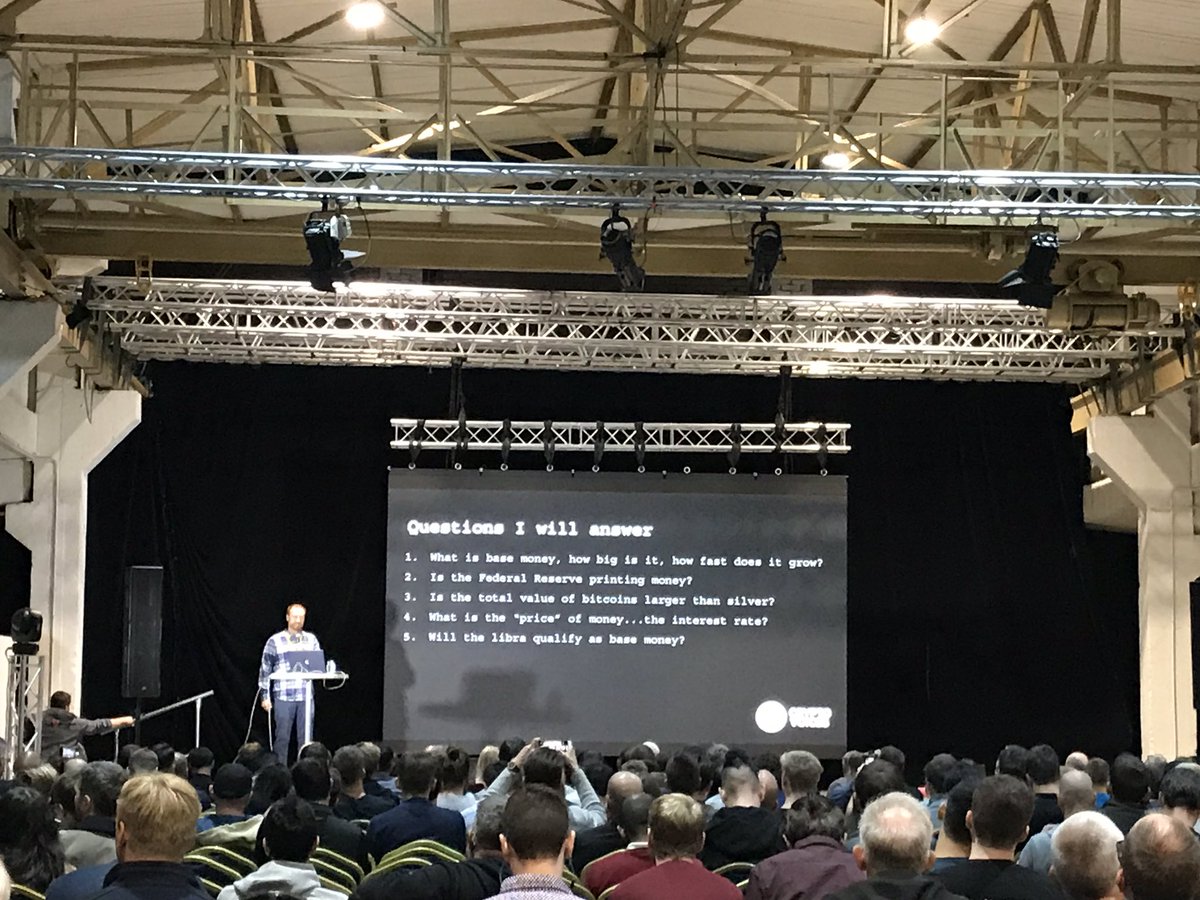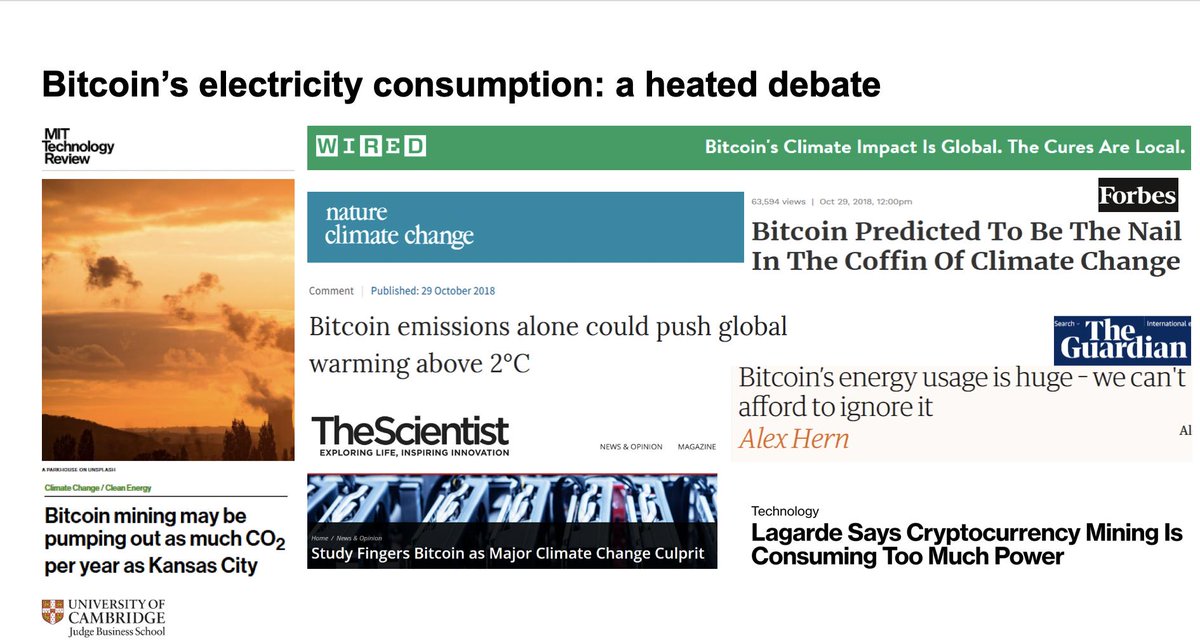
New #CBECI mining map update!
Following the government-mandated crackdown on the Chinese mining industry in June 2021, the US now emerges as the leading #Bitcoin mining centre with ± 35% of total hashrate as of August 2021.
Following the government-mandated crackdown on the Chinese mining industry in June 2021, the US now emerges as the leading #Bitcoin mining centre with ± 35% of total hashrate as of August 2021.
Kazakhstan (18%) and the Russian Federation (11%) are following, thereby confirming the trajectory identified in our previous update showing that those three countries had already gained market share prior to the Chinese crackdown.
(We've added a new chart for absolute hashrate)
(We've added a new chart for absolute hashrate)

China's reported share of total hashrate is now, somewhat unsurprisingly, at 0%. While there are rumours of ongoing covert mining operations, any inferences on the basis of this data would amount to pure speculation. 

More information here in this blog post: jbs.cam.ac.uk/insight/2021/g….
As always, comments and feedback are welcome. Stay tuned for further updates!
As always, comments and feedback are welcome. Stay tuned for further updates!
Addendum:
China's recorded hashrate has effectively fallen to 0 despite (difficult-to-verify) reports of ongoing covert operations. This is due to natural trade-offs in our methodology which I explain below.
China's recorded hashrate has effectively fallen to 0 despite (difficult-to-verify) reports of ongoing covert operations. This is due to natural trade-offs in our methodology which I explain below.
https://twitter.com/mrauchs/status/1448667014105468935?s=20
• • •
Missing some Tweet in this thread? You can try to
force a refresh











